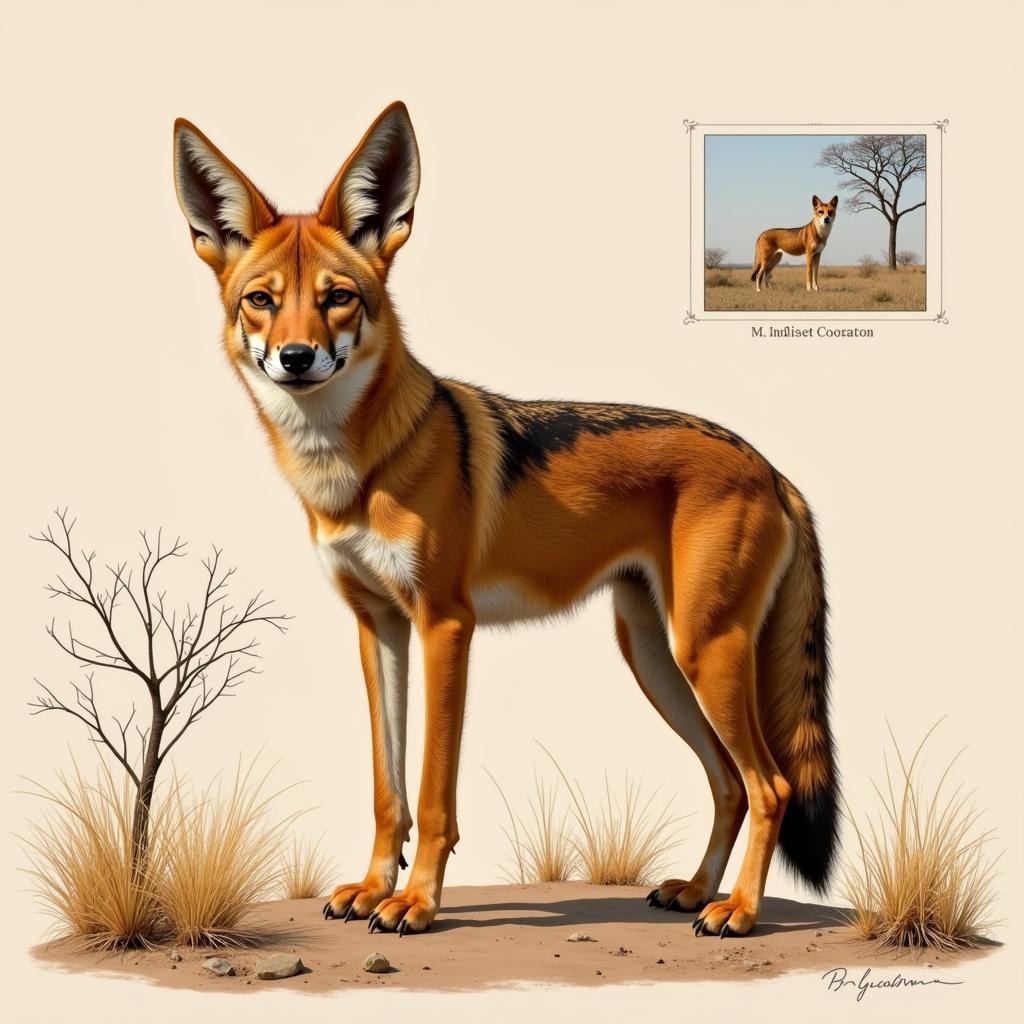African Grey Parrot Eat Cuttlebone: A Guide To Understanding This Essential Supplement
African grey parrots are highly intelligent and social creatures that require a balanced diet to thrive. While a varied diet of fruits, vegetables, and nuts is important, adding a cuttlebone to their cage can provide essential nutrients and help maintain their health.
Why Do African Grey Parrots Need Cuttlebone?
Cuttlebone is the internal shell of a cuttlefish, a marine animal related to squid and octopus. It is primarily composed of calcium carbonate, a vital mineral for parrots.
- Calcium for Strong Bones and Feathers: Calcium is essential for strong bones, healthy beak and nail growth, and the development of strong feathers. African greys, like all birds, need adequate calcium to prevent bone diseases like hypocalcemia.
- Grinding and Beaking: Cuttlebone provides a natural abrasive surface for parrots to grind their beaks on, which helps keep them trimmed and healthy. This can be especially important for African greys, who can develop problems with overgrown beaks if they don’t have access to something to grind on.
- Entertainment and Enrichment: Cuttlebone can serve as a fun and engaging toy for your African grey parrot. Chewing on the bone can help alleviate boredom and keep them mentally stimulated.
What to Look for in a Cuttlebone
Not all cuttlebones are created equal. Choose a cuttlebone that is:
- Clean and free from contaminants: Avoid cuttlebones that are dusty, dirty, or have a strong odor.
- White or light beige in color: A dark-colored cuttlebone may indicate that it is old or contaminated.
- Hard and solid: Choose a cuttlebone that is hard and solid, not soft or crumbly.
- Large enough for your parrot: The cuttlebone should be large enough for your parrot to easily chew on and grind its beak against.
How to Offer Cuttlebone to Your African Grey Parrot
- Secure Attachment: Attach the cuttlebone securely to the side of the cage, using a clip or a dedicated cuttlebone holder. This ensures that your parrot cannot pull it off and potentially ingest large pieces.
- Freshness: Replace the cuttlebone when it becomes significantly worn down or crumbly. A fresh cuttlebone will be more appealing to your parrot and offer the best nutritional benefits.
- Supervise: Always supervise your parrot when they are chewing on the cuttlebone, especially young birds who might try to swallow large pieces.
Expert Insights on Cuttlebone for African Greys
“Providing a cuttlebone is a crucial part of a well-rounded diet for African grey parrots,” says Dr. Emily Carter, a renowned avian veterinarian. “The calcium it provides is essential for bone health, feather growth, and even egg production in female parrots.”
“When choosing a cuttlebone, look for a natural, clean, and hard bone,” advises renowned parrot behaviorist, Dr. John Smith. “Make sure it’s securely attached and accessible for your parrot to encourage healthy beak trimming and prevent boredom.”
How Often Should My African Grey Parrot Eat Cuttlebone?
While there’s no strict rule, most experts agree that African grey parrots should have access to cuttlebone at all times. Some birds may chew on it frequently, while others may only nibble on it occasionally. As long as your parrot has a cuttlebone available, they will naturally consume what they need.
FAQ: Cuttlebone for African Grey Parrots
1. Can African grey parrots eat too much cuttlebone?
It is very rare for parrots to eat excessive amounts of cuttlebone. They are instinctively aware of their calcium needs and will regulate their consumption accordingly. However, if you notice your parrot eating large chunks of cuttlebone or showing any unusual behavior, consult your veterinarian.
2. What if my African grey parrot doesn’t seem to be interested in cuttlebone?
Some parrots may be hesitant to try new things, including cuttlebone. Try introducing it gradually by placing small pieces near their favorite toys or treats. You can also try crushing the cuttlebone into powder and mixing it with their food.
3. Can I offer other sources of calcium to my African grey parrot?
Yes, you can offer other calcium-rich foods like leafy greens, bone meal, or calcium supplements. Always consult with your veterinarian for specific recommendations based on your parrot’s individual needs.
4. Are there any potential downsides to feeding my parrot cuttlebone?
While cuttlebone is generally safe, some parrots may be allergic to it. If you notice any signs of irritation, such as itching, sneezing, or respiratory distress, discontinue use and consult with your veterinarian.
In Conclusion:
Providing your African grey parrot with cuttlebone is an important step in ensuring their overall health and wellbeing. This readily available supplement provides essential calcium and offers a natural, enjoyable way for your parrot to keep their beaks trimmed and entertained. As with any dietary change, it’s always best to consult your veterinarian to ensure your parrot’s needs are met.


